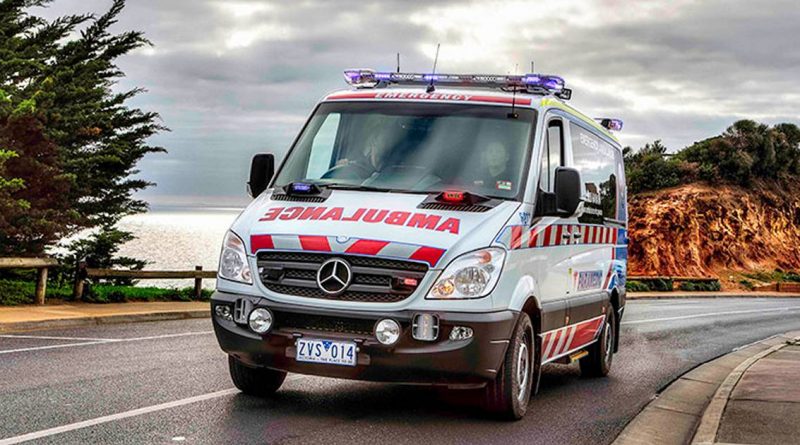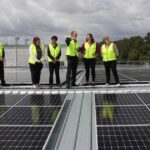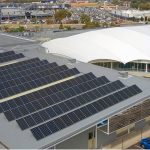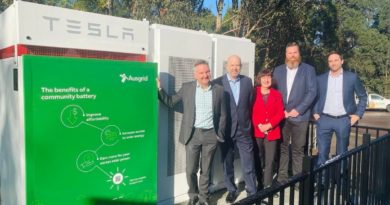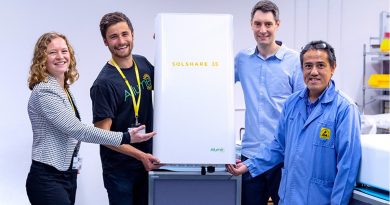Ambulance Victoria Brings Forward Net Zero Emissions Target
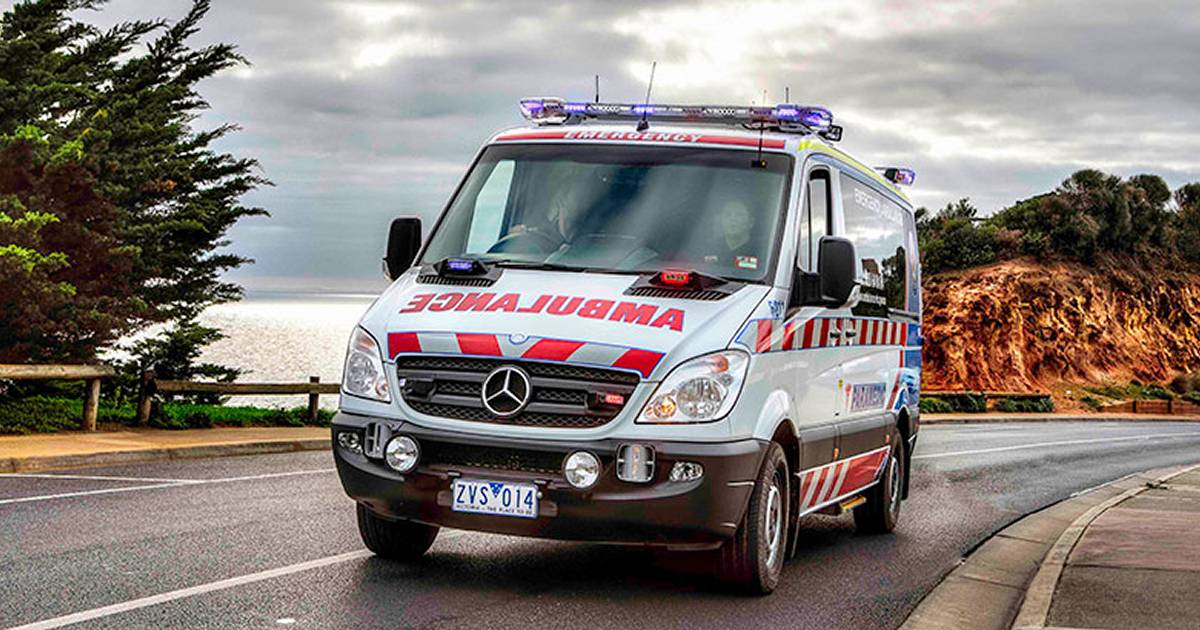
Ambulance Victoria (AV) announced on Friday it is raising the bar on reaching net zero carbon emissions for its operations.
In July last year, AV CEO Assoc Prof Tony Walker ASM commented that Ambulance Victoria’s commitment to giving its best to communities also included addressing certain issues that impact them, such as climate change.
He mentioned the previous summer’s bushfires and its effects; including smoke from the fires blanketing Melbourne and regional cities that led to a spike in calls for help for breathing problems.
“The fact that I keep coming back to with every catastrophic weather or health event: climate change is not only an environmental and economic issue – climate change is a health issue,” said Assoc Prof Walker.
He also mentioned a goal for Ambulance Victoria to source 100% of its energy requirements from renewable sources by 2025 and to achieve net zero emissions by 2050. At the beginning of July 2020 AV’s larger sites switched to 100% GreenPower sourced from a wind farm, knocking AV’s emissions down 7% with that single action.
Net Zero Five Years Earlier
Acknowledging and agreeing with the World Health Organisation’s assessment that climate change presents the biggest global health threat of the 21st century, AV has now set the bar higher.
“As one of Victoria’s most trusted services, we not only think we should do better, we know we must do better,” stated Mr. Walker.
The organisation has now pledged the following reduction targets for its Scope 1 and 2 emissions1:
- 2025: 39% emissions reduction from a 2015 baseline
- 2030: 60% emissions reduction
- 2045: Net zero emissions
More Solar Energy – And Battery Storage
The integration of more renewable energy into AV’s operations will include greater use of solar power through retrofitting buildings with solar panels and batteries. Assoc Prof Walker said the service will also be adopting hybrid vehicles and transitioning to zero emission vehicles.
AV already has some on-site solar capacity installed. It is a participant in the Victorian Government’s Regional Health Solar Program; a $13.5 million initiative providing zero-interest loans for installing the emissions-busting technology on 73 healthcare facilities across the state expected to deliver a total of around 9MW of capacity installed.
5 ambulance stations had solar panels installed under the program:
- Echuca – 10kW
- Kyabram – 10kW
- Lara – 8kW
- Torquay – 8kW
- West Wodonga – 8kW
So, 44kW in total and no doubt much more to come as AV has more than 260 ambulance branches located across Victoria.
As for the Regional Health Solar program generally, it was to be completed last year but COVID-19 threw a spanner in the works. Installations are continuing in 2021 and should be finalised by the middle of this year.
On a related note, the Australian Medical Association (AMA) and Doctors for the Environment Australia (DEA) recently called for Australia’s healthcare sector to slash its carbon emissions 80 per cent by 2030 and achieve net zero by 2040.
Footnotes
- Scope 1 emissions are direct emissions from sources a company/organisation owns or controls and Scope 2 are indirect emissions associated with generation of energy purchased ↩
Original Source: https://www.solarquotes.com.au/blog/ambulance-victoria-emissions-mb1934/

